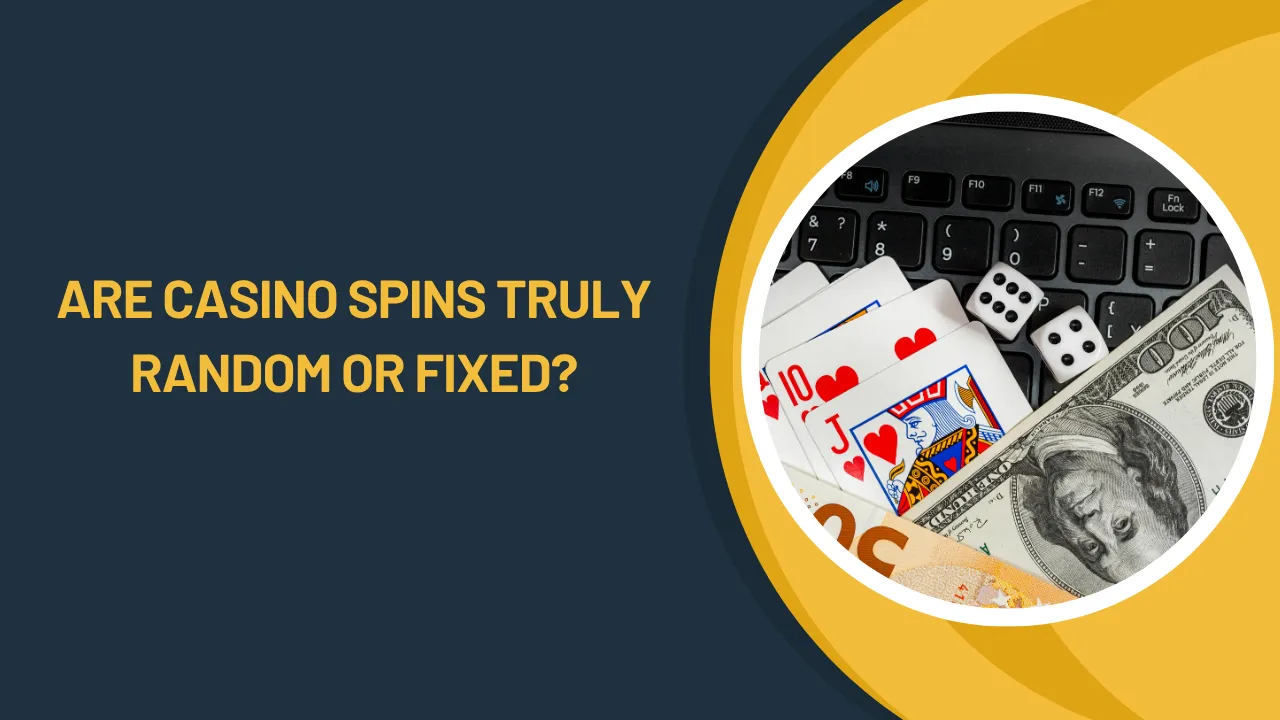Horse racing betting has captivated enthusiasts for centuries, blending thrill, strategy, and the potential for profit. Whether you’re a novice or seasoned punter, understanding effective approaches can transform random wagers into informed decisions. In this guide, we’ll explore the best horse racing betting strategies, drawing from expert insights, statistical analysis, and practical tips. By the end, you’ll have actionable tools to enhance your betting experience.
Understanding the Basics of Horse Racing Betting
Before diving into advanced tactics, grasp the fundamentals. Horse racing betting involves predicting race outcomes, from win/place/show bets to exotics like exactas and trifectas. Odds reflect probabilities, set by bookmakers based on public sentiment and insider data. Success hinges on value—betting when odds exceed true chances.
Start by familiarizing yourself with race types: flat races, jumps, sprints, or marathons. Each demands different horse racing betting considerations, like track conditions (firm, soft) affecting performance. Always check form guides, which detail past results, jockey stats, and trainer records. Ignoring these is like betting blindfolded.
Strategy 1: Bankroll Management – The Foundation of Success
No horse racing betting strategy works without discipline. Allocate a fixed bankroll—say, 1-5% of your total funds per bet. This Kelly Criterion-inspired approach calculates stake size: (BP – Q)/B, where B is odds, P is win probability, Q is loss probability.
For example, if a horse has 30% implied odds but you estimate 40% chance, bet proportionally. Tools like spreadsheets track wins/losses, preventing emotional chases. Pros limit sessions to avoid tilt; set loss limits, like stopping after 10% bankroll dip. This sustains long-term play in horse racing betting.
Strategy 2: Research and Handicapping Horses
Deep analysis separates winners from losers. Study pedigrees—sires like Galileo produce distance runners. Review speed figures (Beyer’s ratings) measuring performance adjusted for track variants.
Jockey-trainer combos matter: pairs with 20%+ win rates signal edges. Weather impacts: mudders excel in wet conditions. Use apps like Timeform or Racing Post for data. In horse racing betting, bet on overlays (undervalued horses) via morning lines vs. final odds.
Case study: At the 2023 Kentucky Derby, Mage won at 15-1 odds due to overlooked wet-track affinity. Spotting such via past performances yields edges.
Strategy 3: Value Betting Over Favorites
Chasing short odds loses money long-term; favorites win ~35% but pay little. Seek value: bet when payout justifies risk. Dutching spreads stakes across horses for guaranteed profit if any wins.
Formula: Stake = (Total Desired Profit) / (Odds – 1). For three horses at 3.0, 5.0, 10.0 odds, allocate inversely. Avoid parlays; they compound house edges. Focus on mid-tier races with less efficient markets.
Strategy 4: Track Biases and Pace Analysis
Tracks favor styles: front-runners on inside posts at Keeneland. Pace projectors predict race shape—early speed duels help closers.
Use sectional timings to identify horses fading or rallying. In turf races, rail positions skew results. Data from Brisnet reveals biases; bet accordingly for 15-20% ROI boosts.
Strategy 5: Exotic Bets and Hedging
Build parlays wisely: wheels key a strong horse with others. Box exactas cover permutations affordably.
Hedge in futures: bet against your pick live if odds shift. In horse racing betting, this locks profits. Example: $100 on a 5-1 horse; if it leads, lay off on exchanges like Betfair.
Strategy 6: Psychological Discipline and Record-Keeping
Betting psychology traps include recency bias (overvaluing recent wins). Journal every bet: rationale, outcome, lessons. Review monthly for patterns—maybe overbetting favorites.
Join communities like Reddit’s r/horseracing for insights, but verify independently. Avoid alcohol-fueled bets; clarity wins.
Advanced Tips: Using Technology and Arbitrage
Apps like Betfair’s API spot arb opportunities—betting all outcomes across books for risk-free gains (rare, ~1-2% profit).
AI tools analyze vast data; TwinSpires offers predictive models. Live betting capitalizes on in-race shifts, like a horse breaking poorly.
Common Pitfalls to Avoid
Don’t follow tips blindly; insiders inflate odds. Ignore gambler’s fallacy—streaks don’t predict. Taxes apply to big wins; track for deductions.
Shop lines: 5% odds differences compound. In the UK, use bookies like William Hill; US, TwinSpires or FanDuel.
Real-World Success Stories
Punters like Bill Benter earned millions via algorithmic horse racing betting, factoring variables into models. Emulate by starting small, scaling with data.
Conclusion: Building Your Winning System
Mastering horse racing betting demands patience, research, and adaptation. Combine bankroll discipline with handicapping for sustainable edges. Start with paper trading to test. Over time, these strategies turn passion into profit. Bet responsibly—resources like Gamblers Anonymous help if needed. With practice, you’ll gallop ahead.







